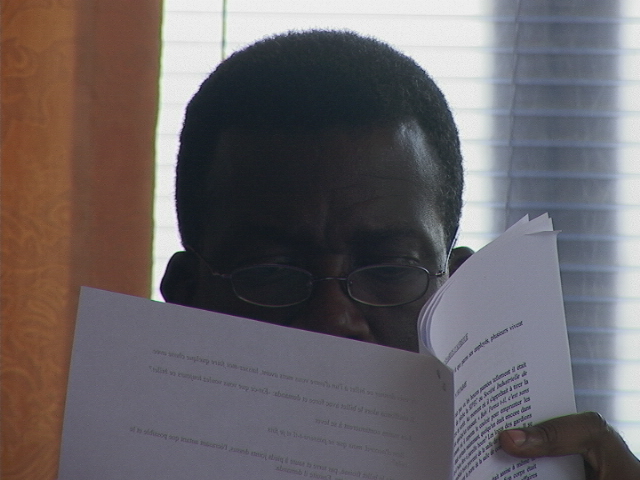Global Dialogues: a unique listening process

Global Dialogues is all about listening carefully to young people, to taking seriously their thoughts and feelings, challenges and perceived solutions.
In the Global Dialogues contests, young people are given a unique, wide-open opportunity to express themselves through stories on crucially important and often taboo subjects. Shortly after the contest deadline, juries at community level and then at the global level study the stories, reading and debating the narratives with one overriding objective: to listen and to learn from our world’s young people.
All of the Global Dialogues jurors take careful note of their favorable and negative observations from the texts, conspicuously absent themes, and recommendations for future action at a personal, community, and policy level.
In 2014, Global Dialogues jurors worldwide analyzed 12,350 narratives submitted by 26,518 participants. The following are some of those jurors’ most widely shared negative observations. As the 2015 Global Dialogues contest comes to a close, we eagerly await the work of this year’s juries (April through July 2015), wondering if the 2015 texts might indicate improvement in some of the problematic areas highlighted by the 2014 jurors. Among the key findings of the 2014 jurors:
• As in 2013, the Global Dialogues jurors brought attention to the fact that young people have not embraced the concept of gender equality. Women rarely have the power or the confidence to say no to men’s sexual advances. They are often blamed in cases of sexual violence in the narratives, and some entries revictimize women who are survivors of sexual abuse and rape by criticizing their behavior, clothing, or moral standards. The authors (including female authors themselves) commonly describe women in traditional roles where they are primarily responsible for house work and child rearing.
• The characters in the stories exhibit a lack of agency when it comes to standing up to pressure from their peers to engage in sex and/or drug and alcohol use. The young authors insinuate that in these situations the person being targeted has no choice but to succumb to the desires of others.
• Many authors write with a moralistic or condescending tone towards those who do not follow the prescribed dogma of the dominant religion or conservative leaders in their country. Some authors went as far as to advocate the use of violence against individuals whose lifestyle does not ascribe to their own religious beliefs/practices.
• As in the 2013 entries, there is substantial misinformation circulating around HIV/AIDS. HIV is too often portrayed as a death sentence or a moral punishment, and myths about HIV/AIDS abound. Young people still have difficulty distinguishing the differences between HIV and AIDS, and they do not fully grasp the biological progression of the virus. Some youth do not understand the role that ARVs can play in facilitating long-term well-being for people living with HIV/AIDS.
• People living with HIV/AIDS are sometimes portrayed as permanently ill, undesirable members of society. HIV infection is still being kept secret because it is assumed that a person will be disowned by their family and friends if they reveal their positive status. For these reasons, many characters in the 2014 entries avoid getting tested.
• Parents are not open and honest with young people about sex. In the 2014 stories, it was rare to see open dialogue between parents and children when it comes to sexuality and SRH (sexual and reproductive health) and education.


 top
top